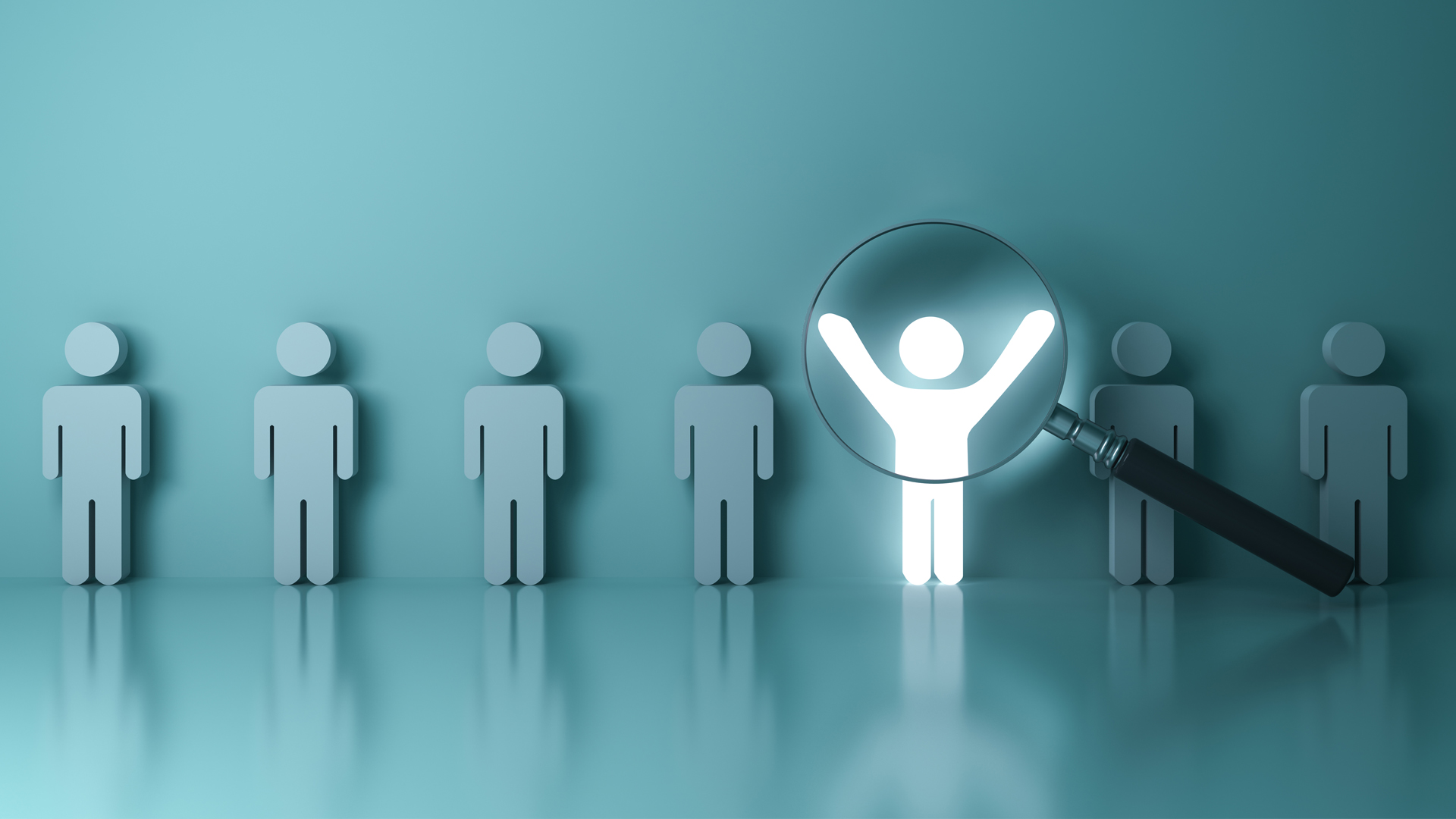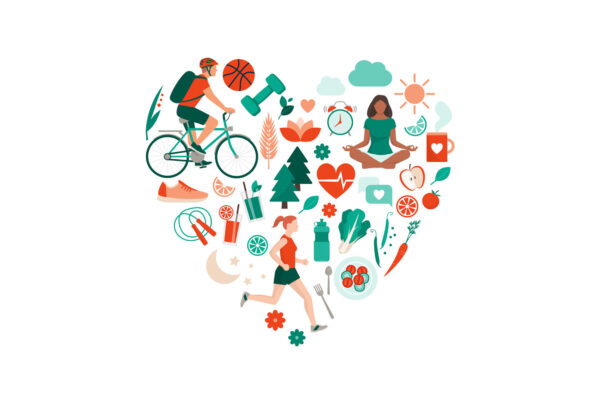In these challenging times, helpers who work with at-risk children and youth often feel doubly challenged as they attempt to navigate multiple role demands, staff shortages, heavy caseloads, pandemic illnesses and other stressors.
These stressors require extra attention to self-care, always an important component of the helping professions. Lately, as we identify and learn the nuances of neurobiology, we learn that self-care supports the helper’s individual emotional regulation. The emotionally regulated self is an important – if not the most important – curative factor in the clinician-client relationship, because the clinician’s energetic and emotional state supports the emotional regulation of the client.
Unfortunately, our culture often attempts to convince us that self-care is based on a product that we consume – fancy hand lotions, new clothes, imported luxuries – rather than personal habits where we demonstrate to ourselves that we consider ourselves our own best friend.
Self-care begins with self-compassion. Kristin Neff, a psychologist and longtime researcher on self-compassion, is one of many helpers who say people who are more self-compassionate lead healthier and more productive lives. Neff defines self-compassion as “a practice of good will, not good feeling” when we are able to mindfully accept each moment, including the painful ones, with kindness and care.
She writes: “Imperfection is part of the human experience, which provides comfort in times of pain and optimal conditions for growth and transformation.” To start, she suggests simple activities such as focusing on breathing, sipping a cup of tea and petting the cat.
Pathways to effective self-care
Clinicians across many disciplines and traditions have developed a range of models that support self-care.
- Clinical psychologist, author and yogic scholar Richard Miller has worked for many years with traumatized veterans and has developed “I-REST” to help veterans sleep. It is a meditative practice designed to bring the nervous system into a state that allows restful and restorative sleep, essential for physical, mental and emotional well-being.
- Similarly, Jon Kabat-Zinn’s Mindfulness-Based-Stress-Reduction, developed in 1979 at the University of Massachusetts Medical Center, is a practice highly endorsed by Dr. James Greenblatt (a psychiatrist and author of “Finally Focused”) for clinicians, parents and students, especially those diagnosed with ADHD. After an eight-week training program, participants showed improved mood, stress reduction, a less-intense stress response, and improvement in coping with pain.
- Tara Brach, psychologist, yoga master and meditation teacher, developed a practice that she calls RAIN. Each letter stands for an important part of self-care:
R = Recognize what is going on
A = Allow the experience to be there, just as it is
I = Investigate with interest and care
N = Nurture with self-compassion
- The simple practice of Coherent Breathing has been shown to bring the central nervous system from a state of arousal to a state of calm. Coherent Breathing, a simple breathing technique of taking five breaths per minute to increase heart rate variability, was developed by Stephen Elliott, an inventor and engineer. Elliott’s hypothesis is that “breathing well” is necessary for the human brain to function and affects immune function, general well-being and longevity.
- The importance of movement to moderate anxiety and depression cannot be underestimated. Several decades of research repeatedly show that exercise outperforms medication in treating mild to moderate anxiety depression. Similarly, practices like yoga, tai chi and qigong combine elements of movement with mindfulness and meditation, bringing better sleep, improved mood, increased physical energy and more clarity and focus.
- And being outdoors in nature has huge curative powers. Ralph Waldo Emerson said, “In the woods, we return to reason and faith.” The new trend of “Forest Bathing” – based on the therapeutic Japanese practice of shinrin-yoku – reduces stress levels and blood pressure, strengthens immune and cardiovascular systems and boosts energy, mood and creativity.
- Sometimes silence or meditative music enhances the practices and sometimes music alone can reduce stress and elevate mood. “The Tao of Music” by John Ortiz provides a variety of playlists for calming anxiety as well as for mood elevation.
- Acupuncture, massage and Reiki all have been shown to reduce the stress response.
- And the practice of tapping – often known as Emotional Field Therapy as developed by Nick Ortner – has been dubbed “emotional first aid.” One of tapping’s advantages is it is easy to learn and requires no equipment – just the use of one’s own hands in a sequence that combines acupressure and cognitive re-framing.
Of course, even with all these suggestions, it is important to note that it is essential for helping professionals to have the support of administrators and their accompanying system, with an emphasis on making wellness for clinicians a priority.
 Karen Carnabucci, LCSW, TEP, is a board-certified trainer, educator and practitioner of psychodrama, sociometry and group psychotherapy and the founder of the Lancaster School of Psychodrama and Experiential Psychotherapies in Lancaster, Pa. She is also certified as a facilitator in Family and Systemic Constellations. Learn more at www.realtruekaren.com.
Karen Carnabucci, LCSW, TEP, is a board-certified trainer, educator and practitioner of psychodrama, sociometry and group psychotherapy and the founder of the Lancaster School of Psychodrama and Experiential Psychotherapies in Lancaster, Pa. She is also certified as a facilitator in Family and Systemic Constellations. Learn more at www.realtruekaren.com.
 Linda Ciotola, M.Ed., TEP, is a board-certified trainer, educator and practitioner of psychodrama, sociometry and group psychotherapy and a certified trainer in the Therapeutic Spiral Model, a psychodramatic model for trauma survivors. She has a background in education, having taught at all levels of fifth grade through university and adult education and is a certified health coach and yoga instructor. She is the co-creator of ACTS, an online training program for using psychodrama with survivors of trauma. Learn more at www.healing-bridges.com.
Linda Ciotola, M.Ed., TEP, is a board-certified trainer, educator and practitioner of psychodrama, sociometry and group psychotherapy and a certified trainer in the Therapeutic Spiral Model, a psychodramatic model for trauma survivors. She has a background in education, having taught at all levels of fifth grade through university and adult education and is a certified health coach and yoga instructor. She is the co-creator of ACTS, an online training program for using psychodrama with survivors of trauma. Learn more at www.healing-bridges.com.
Karen and Linda are authors of the book “Healing Eating Disorders with Psychodrama and Other Action Methods: Beyond the Silence and the Fury.”
————-
References
KD Neff, KL Kirkpatrick, SS Rude. Self-compassion and adaptive psychological functioning. 2006. Journal of Research in Personality 41 (2007) 139–154.
KD Neff, R Vonk. Self-Compassion Versus Global Self-Esteem: Two Different Ways of Relating to Oneself. 2008. Journal of Personality 77:1, February 2009.
H Wahbeh, M Nelson. iRest Meditation for Older Adults with Depression Symptoms: A Pilot Study. 2019. International Journal of Yoga Therapy — No. 29.
E Livingston, K Collette-Merrill. Effectiveness of Integrative Restoration (iRest) Yoga Nidra on Mindfulness, Sleep, and Pain in Health Care Workers. Holistic Nursing Practice: May/June 2018 – Volume 32 – Issue 3 – p 160-166 doi: 10.1097/HNP.0000000000000266.
IG Barbuta. Effects of integrative restoration iREST® on perceived stress in workers. A dissertation to fulfill the requirements for a DOCTOR OF PSYCHOLOGY IN COUNSELING PSYCHOLOGY at NORTHWEST UNIVERSITY 2017.
M Pearce, L Garcia, A Abbas, T Strain, FB Schuch, R Golubic, P Kelly, S Khan, M Utukuri, Y Laird, A Mok, A Smith, M Tainio, S Brage, J Woodcock. Association Between Physical Activity and Risk of Depression A Systematic Review and Meta-analysis. 2022. JAMA Psychiatry 79 (6), 550-59.
N Ortner. The Tapping Solution: A Revolutionary System for Stress-Free Living. 2013. Hay House Inc.
N Ortner. The Tapping Solution for Manifesting Your Greatest Self: 21 Days to Releasing Self-Doubt, Cultivating Inner Peace, and Creating a Life You Love. 2017. Hay House Inc.
For online article links:
Kristin Neff
https://www.psychologytoday.com/us/contributors/kristin-neff-phd
Richard Miller
https://www.irest.org/user/richard-miller
Coherent Breathing
https://coherentbreathing.com/.
Tapping and Nick Ortner
https://www.thetappingsolution.com/tapping-101/






